Erwin Wurm unveils his latest cast of characters at Lehmann Maupin in New York
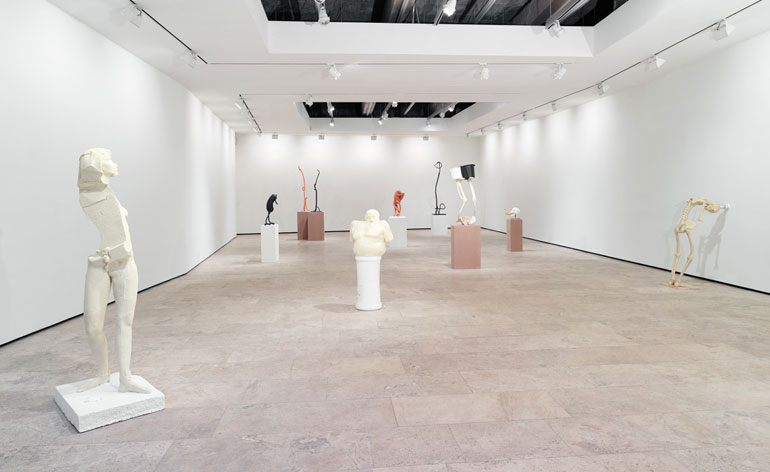
We've come to expect nothing short of the bewildering when it comes to the work of sculptor Erwin Wurm. The Austrian artist is presenting three new series of works in 'Synthesa', his freshly opened second showing at New York's Lehmann Maupin gallery, in which he continues to explore and experiment with abstracting the human form. The big difference here is that Wurm has made all the pieces himself.
It's a disarming admission that comes straight from the artist. 'Recently I have ended up like many other artists, not making the stuff myself anymore, but with the studio [doing the pieces],' he explains. 'So I had the feeling that I was disconnected from my work and with these pieces, I have started to be reconnected again.'
Wurm's revitalised approach to his artistic pratice came with its own set of challenges. 'It was a struggle at first because I had to make every little decision. Like the [seams] here, do I leave them or do I cut them away?' he says. 'They are serious questions and problems. And I had to decide them. For me, that was important because I had to get close.'
'Synthesa' is formed by three groups of works. On entering the gallery, visitors are greeted by several deconstructed figures, whose distorted forms are deliberately incomplete or interjected with plastic buckets. 'We scanned people from my studio and then printed them out in polyurethane. This is a very fragile material, so we found a way to cast them in acrylic,' explains Wurm of the ghostly, discoloured statues, exemplary of his notorious obsession with the human body. 'In my very old work from the 1980s, I used a lot of vessels because they keep things inside them, much like the body. So this is a reference to my early pieces.'
A second group of figurative works touches on another cornerstone of Wurm's past: frankfurters. 'The sausage is such a European icon. In a way, sausages are related to biological beings, like animals and people, because [they are encased in] intestines,' offers Wurm. Slender and humorous, the abstract sculptures are made from cast-bronze components, which were then painted and assembled into life-like formations. While some openly mimic the human gait, others soar into space slightly off-kilter.
The third, similarly cryptic grouping is a dimensional extension of the artist's famous 'One Minute Sculptures' series - which he paid homage to with his deep-fried gherkins recipe in our Artist's Palate Series (W* 138) - where the public posed in sculptural formations for short periods of time. Entitled 'One Minute Forever', Wurm's new take on the theme sees various parts of the skeleton composed with inanimate objects to curious effect.
'I had this interesting experience when I visited a famous church in Rome, with a cloister close to it. It's covered with Baroque ornaments made from human bones; of the hands, joints and shoulders, on the ceiling and on the walls. Very strange and gross,' he explains. 'But then, there were two plaques saying, "We are what you will be and we were what you are." And these were a shock. I wanted to take this [sentiment] and transform it.'
By putting his own hand back into his works, Wurm's flair for bringing together the familiar and the strange is taken to a whole new level. His take on psychology, physiology and humanity might not always be pretty, but they are striking and completely open to interpretation nonetheless.
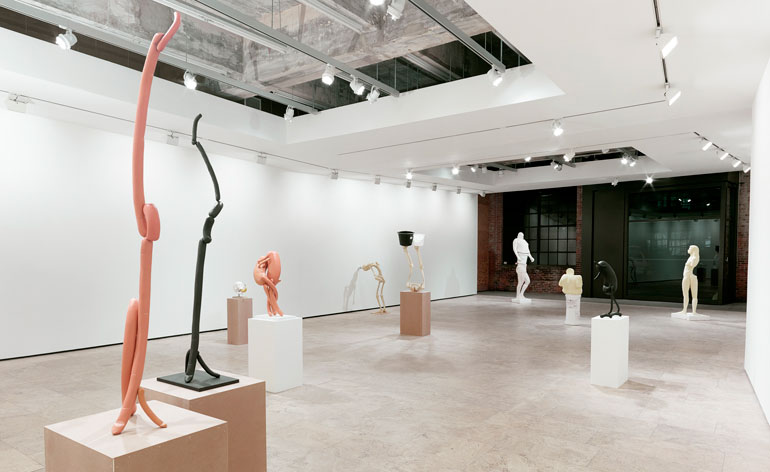
Wurm continues to explore and experiment with abstracting the human form in three series of works: 'Synthesa', 'Abstract Sculptures' and 'One Minute Forever'
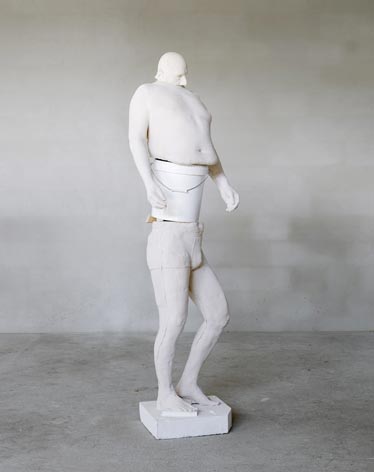
On entering the gallery, visitors are greeted by several deconstructed figures, whose distorted forms are deliberately incomplete or interjected with plastic buckets. Picture is 'White Bucket (Synthesa)', 2013
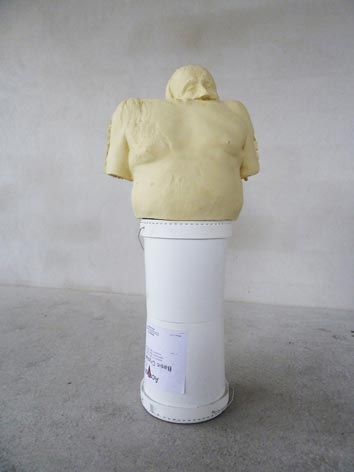
Wurm created scans of people in his studio, then printed them out in polyurethane and cast them in acrylic to create his ghostly, discoloured statues. Pictured is 'Double White Bucket (Synthesa)', 2013
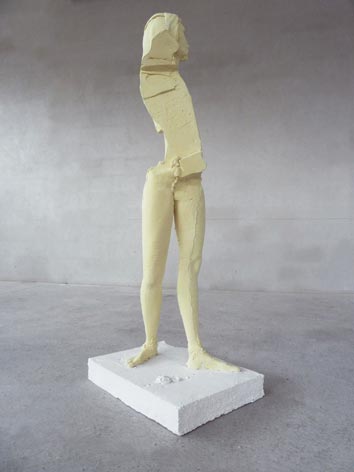
'She He She (Synthesa)', 2013, like the other pieces in the 'Synthesa' series, references Wurm's earlier works from the 1980s

'Arch (Abstract Sculptures)', 2013, belongs to a second group of figurative works that touches on another cornerstone of Wurm's past: frankfurters
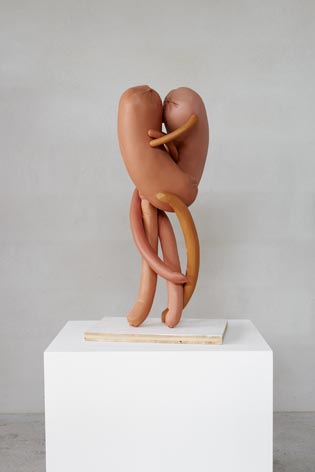
Slender and humorous, like in 'Kiss (Abstract Sculptures)', 2013, the sculptures are made from cast-bronze components, which were then painted and assembled into life-like formations
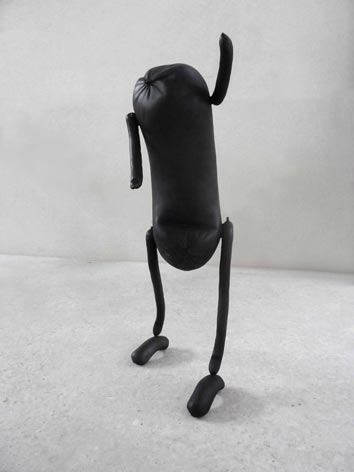
'The sausage is such a European icon,' says Wurm of his long-time muse. Pictured, is 'Step (Abstract Sculptures)', 2013
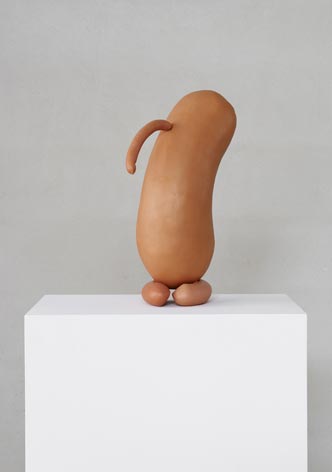
'Head (Abstract Sculptures)', 2013. 'In a way, [sausages are] very much related to biological beings, like animals and people, because they are intestines,' offers the artist

In the third body of work on show, Wurm's new take on his famous 'One Minute Sculptures' series, entitled 'One Minute Forever' (pictured in foreground), sees various parts of the skeleton composed with inanimate objects to curious effect
ADDRESS
Lehmann Maupin
540 West 26th Street
New York NY 10001
Receive our daily digest of inspiration, escapism and design stories from around the world direct to your inbox.
Pei-Ru Keh is a former US Editor at Wallpaper*. Born and raised in Singapore, she has been a New Yorker since 2013. Pei-Ru held various titles at Wallpaper* between 2007 and 2023. She reports on design, tech, art, architecture, fashion, beauty and lifestyle happenings in the United States, both in print and digitally. Pei-Ru took a key role in championing diversity and representation within Wallpaper's content pillars, actively seeking out stories that reflect a wide range of perspectives. She lives in Brooklyn with her husband and two children, and is currently learning how to drive.
-
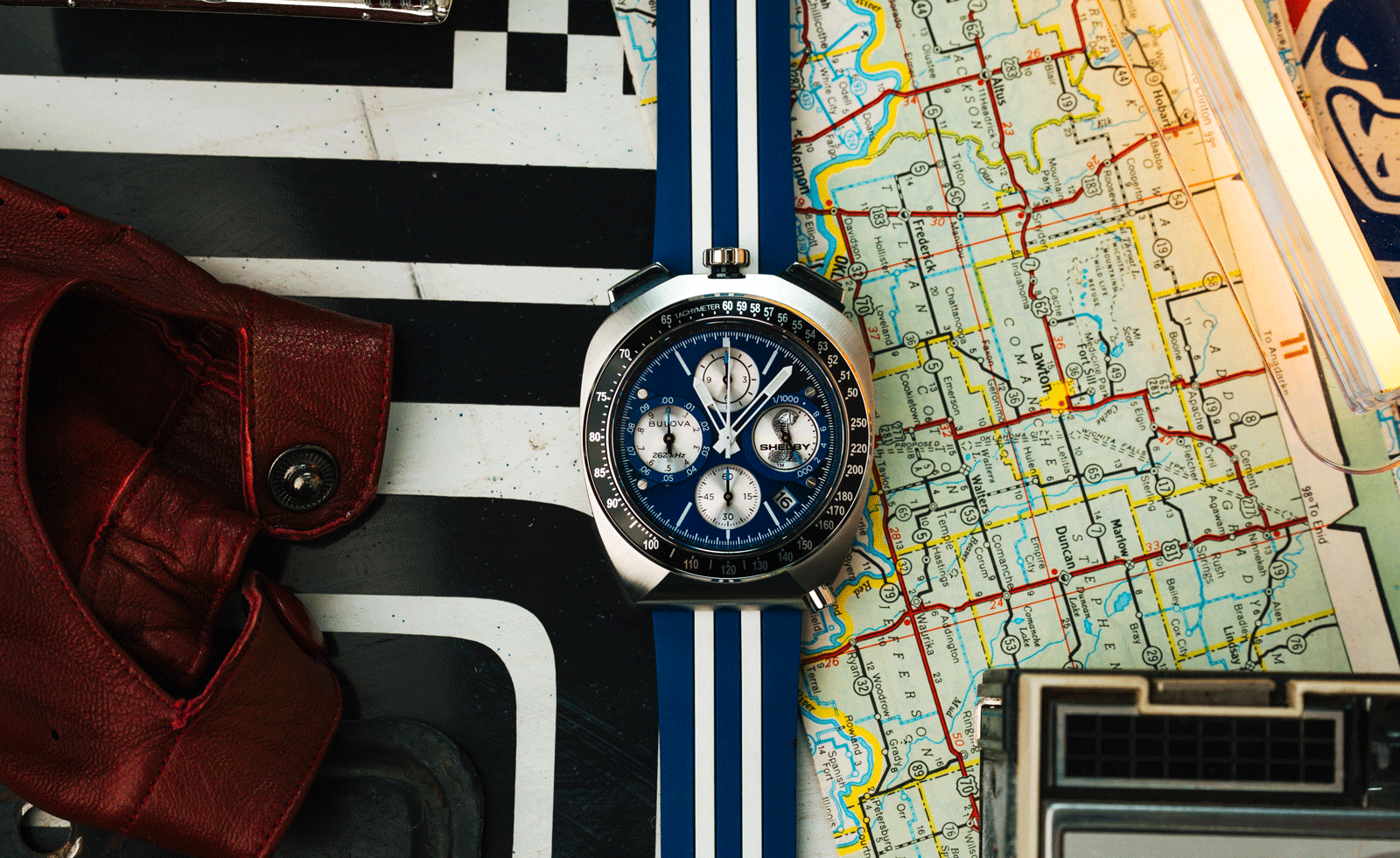 The return of the bullhead: the watch design that refuses to conform
The return of the bullhead: the watch design that refuses to conformLittle known outside of watch circles, but enthusiastically collected within them, bullhead watches have always been divisive. Identified by the crown at 12 o’clock, it made design sense – no digging into the wrist, allowing easier function as a stopwatch - but remains a speciality. But now, the bullhead is back
-
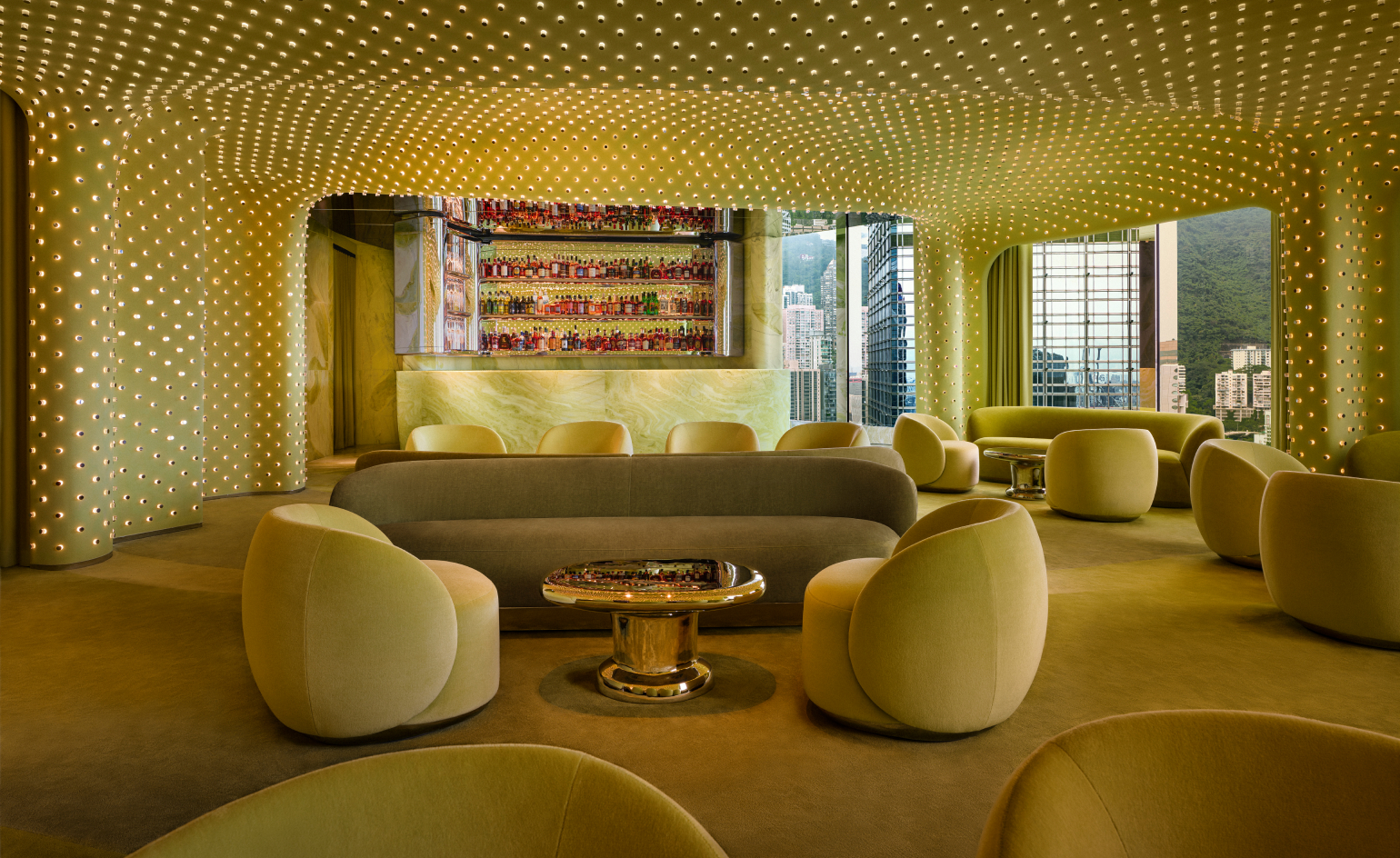 Tour Peridot, Hong Kong’s hypnotic new bar
Tour Peridot, Hong Kong’s hypnotic new barLocated on the 38th floor of The Henderson, Studio Paolo Ferrari’s latest project is a study in ‘light, refraction, and intimacy’
-
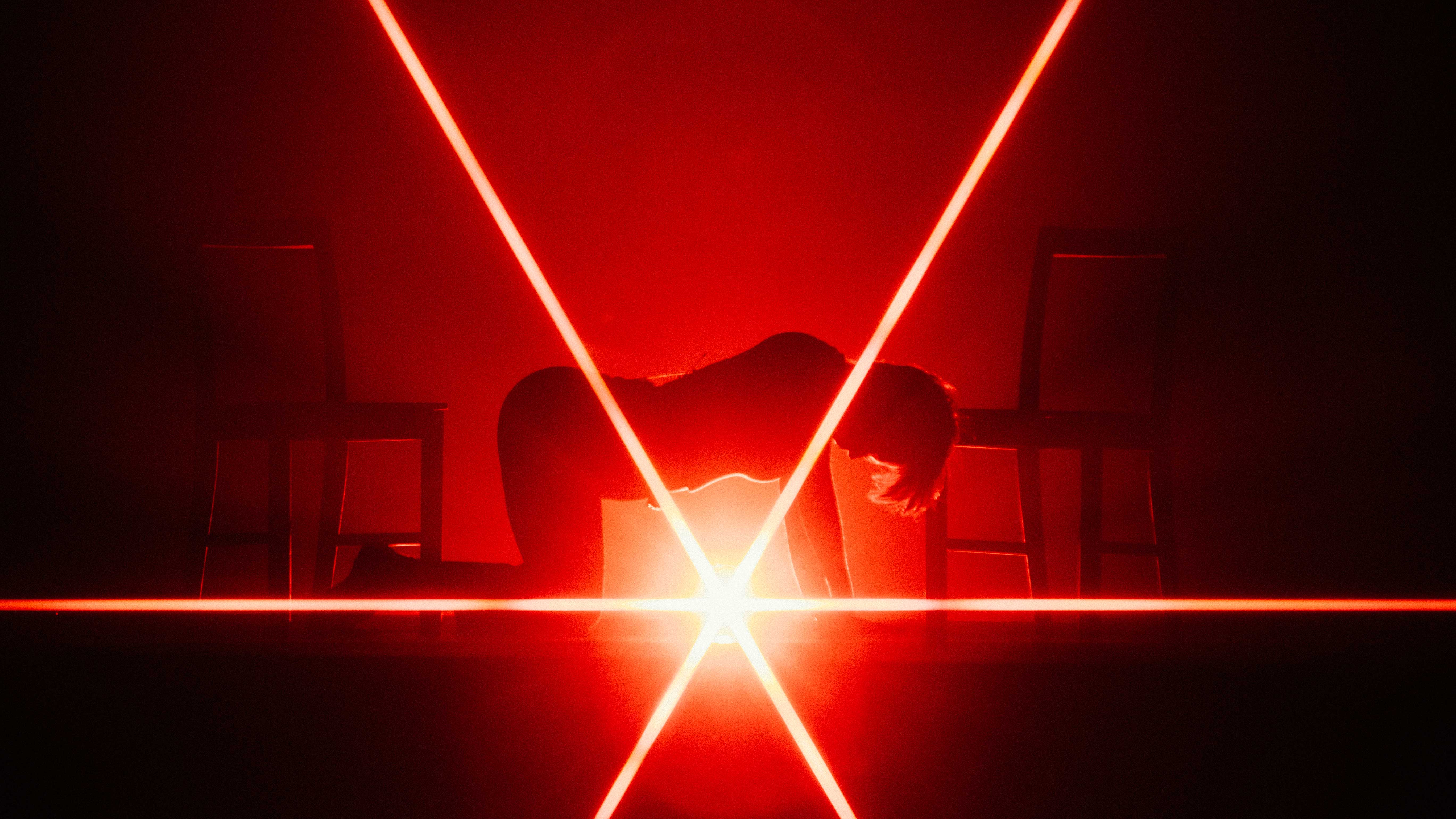 Lighting designer Andi Watson on creating Mitski’s sculptural stage for 'The Land'
Lighting designer Andi Watson on creating Mitski’s sculptural stage for 'The Land'In Mitski’s live show and new concert film, a single beam of light becomes her dance partner. Lighting designer Andi Watson discusses turning shadow, movement and restraint into the architecture of feeling
-
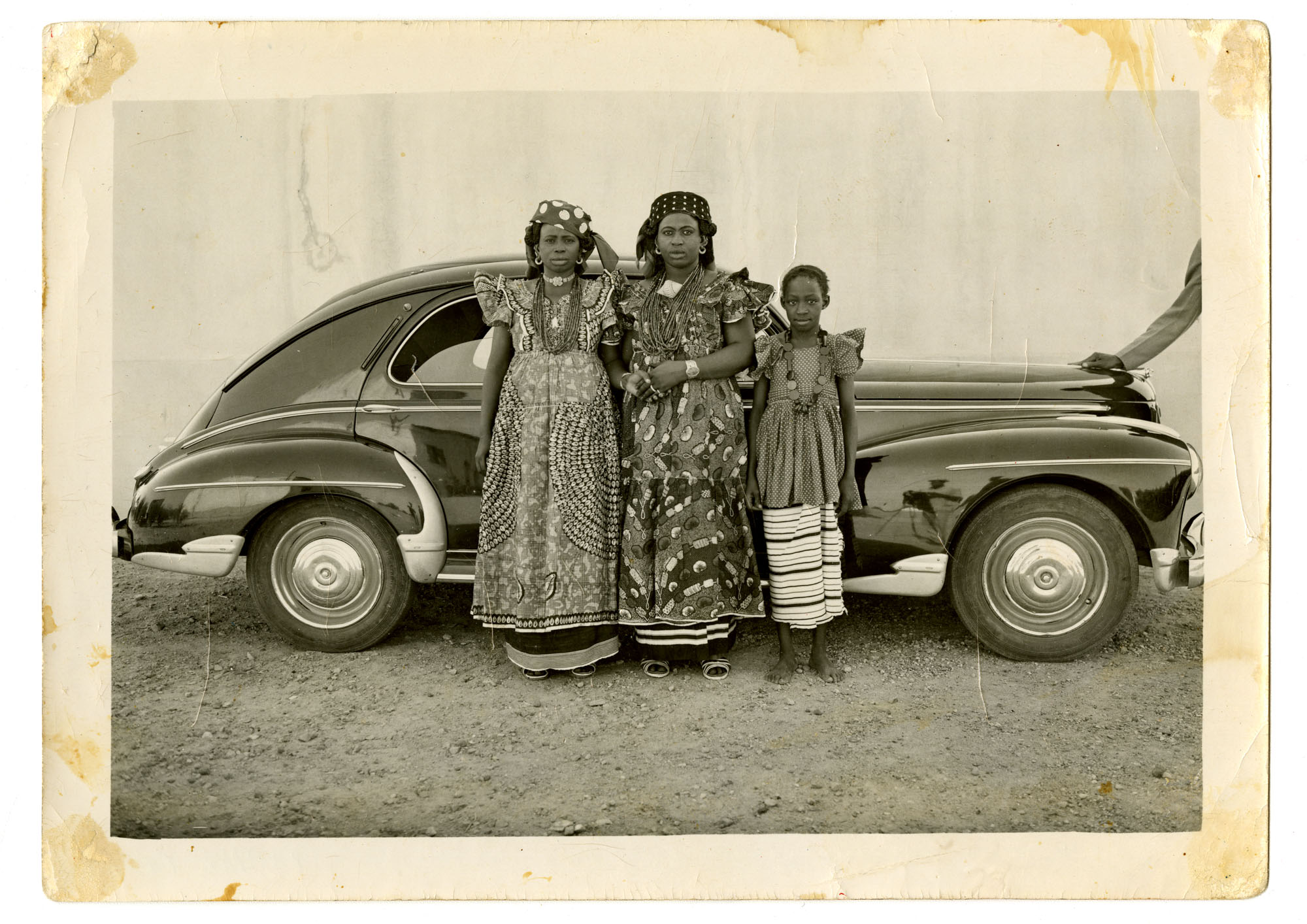 Inside the work of photographer Seydou Keïta, who captured portraits across West Africa
Inside the work of photographer Seydou Keïta, who captured portraits across West Africa‘Seydou Keïta: A Tactile Lens’, an exhibition at the Brooklyn Museum, New York, celebrates the 20th-century photographer
-
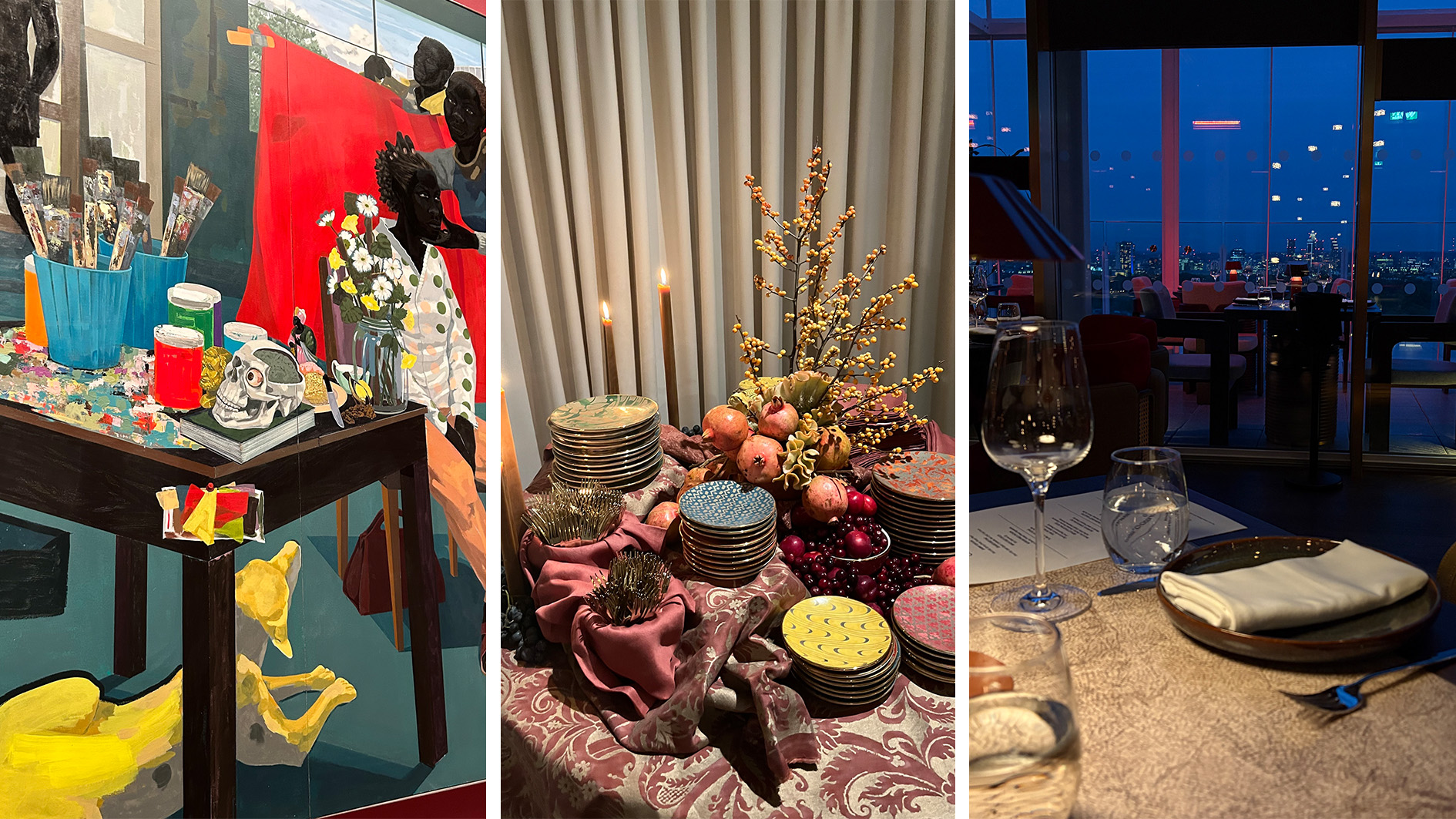 Out of office: The Wallpaper* editors’ picks of the week
Out of office: The Wallpaper* editors’ picks of the weekFrom sumo wrestling to Singaporean fare, medieval manuscripts to magnetic exhibitions, the Wallpaper* team have traversed the length and breadth of culture in the British capital this week
-
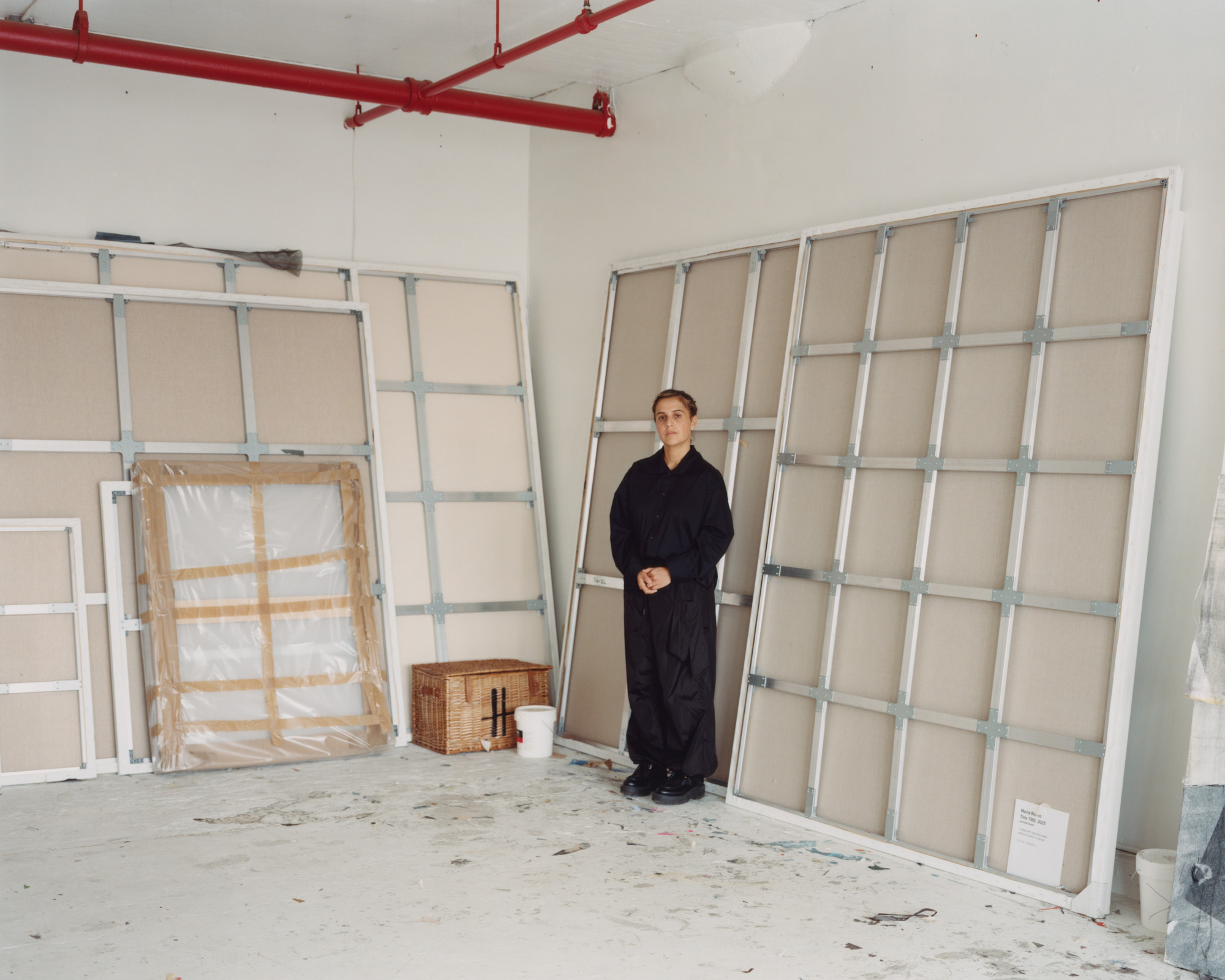 María Berrío creates fantastical worlds from Japanese-paper collages in New York
María Berrío creates fantastical worlds from Japanese-paper collages in New YorkNew York-based Colombian artist María Berrío explores a love of folklore and myth in delicate and colourful works on paper
-
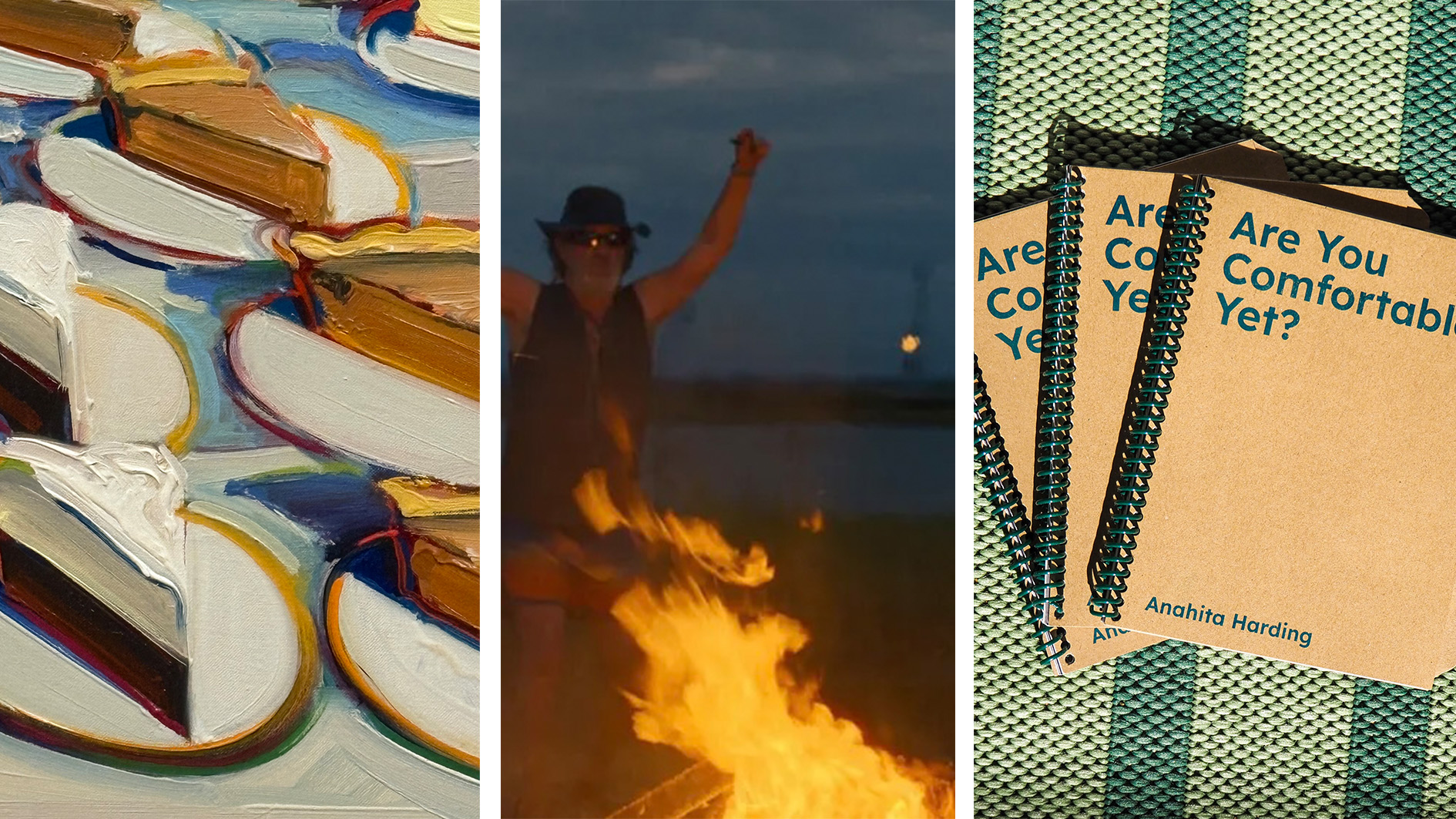 Out of office: the Wallpaper* editors’ picks of the week
Out of office: the Wallpaper* editors’ picks of the weekAs we approach Frieze, our editors have been trawling the capital's galleries. Elsewhere: a 'Wineglass' marathon, a must-see film, and a visit to a science museum
-
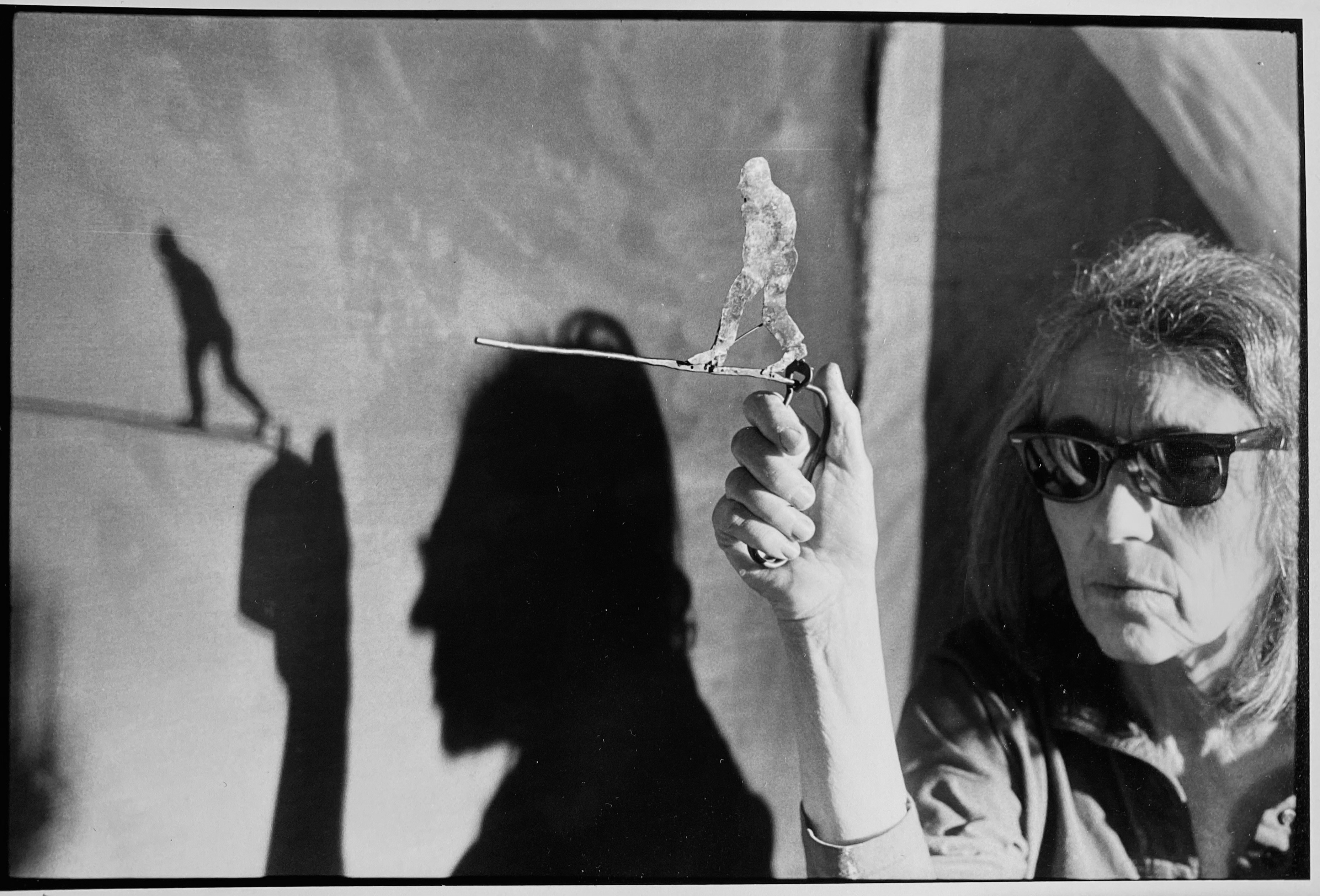 June Leaf’s New York survey captures a life in motion
June Leaf’s New York survey captures a life in motionJune Leaf made art in many forms for over seven decades, with an unstoppable energy and fierce appetite leading her to rationalise life in her own terms.
-
 Jamel Shabazz’s photographs are a love letter to Prospect Park
Jamel Shabazz’s photographs are a love letter to Prospect ParkIn a new book, ‘Prospect Park: Photographs of a Brooklyn Oasis, 1980 to 2025’, Jamel Shabazz discovers a warmer side of human nature
-
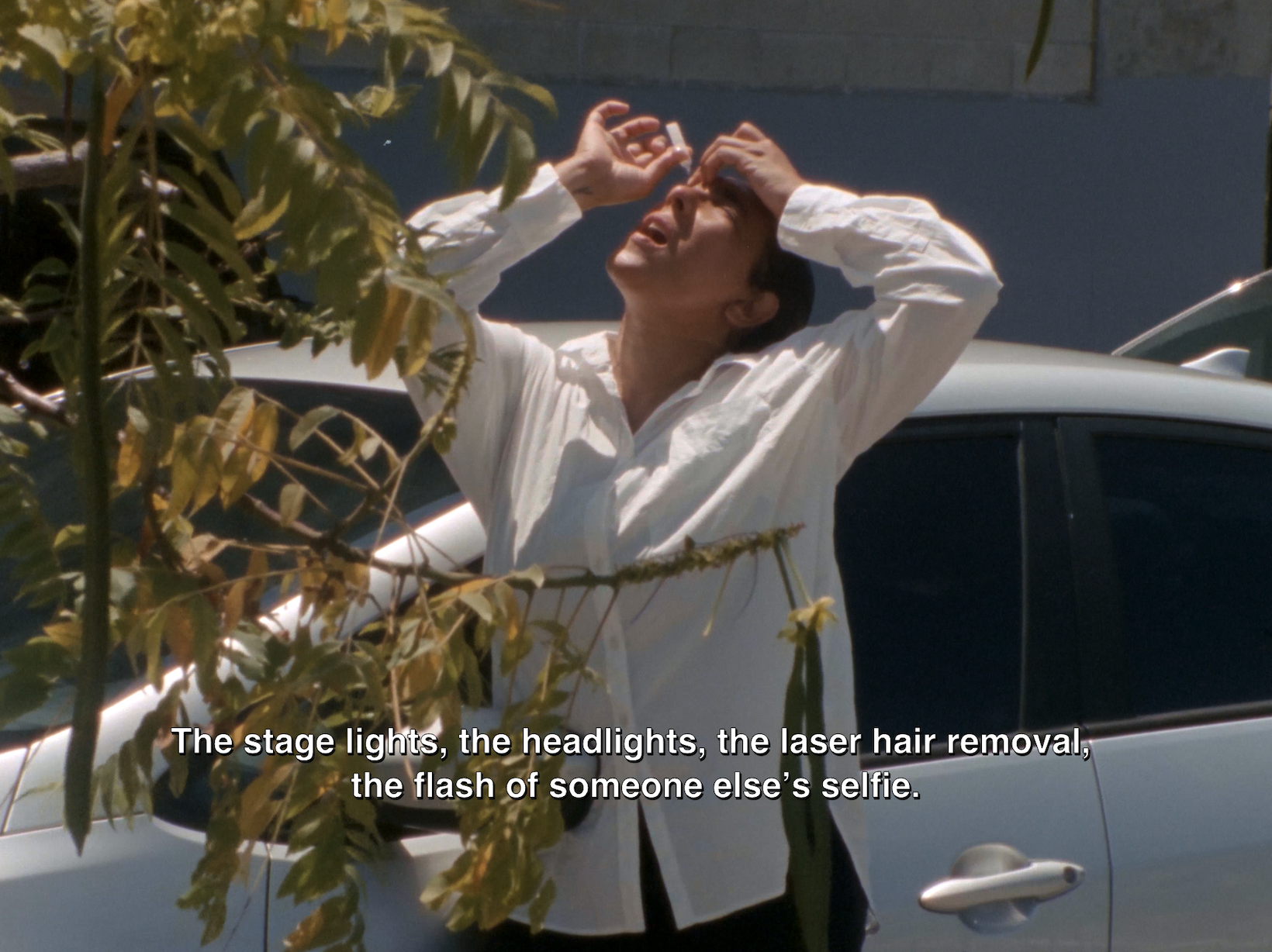 The Hammer Museum in Los Angeles launches the seventh iteration of its highly anticipated artist biennial
The Hammer Museum in Los Angeles launches the seventh iteration of its highly anticipated artist biennialOne of the gallery's flagship exhibitions, Made in LA showcases the breadth and depth of the city's contemporary art scene
-
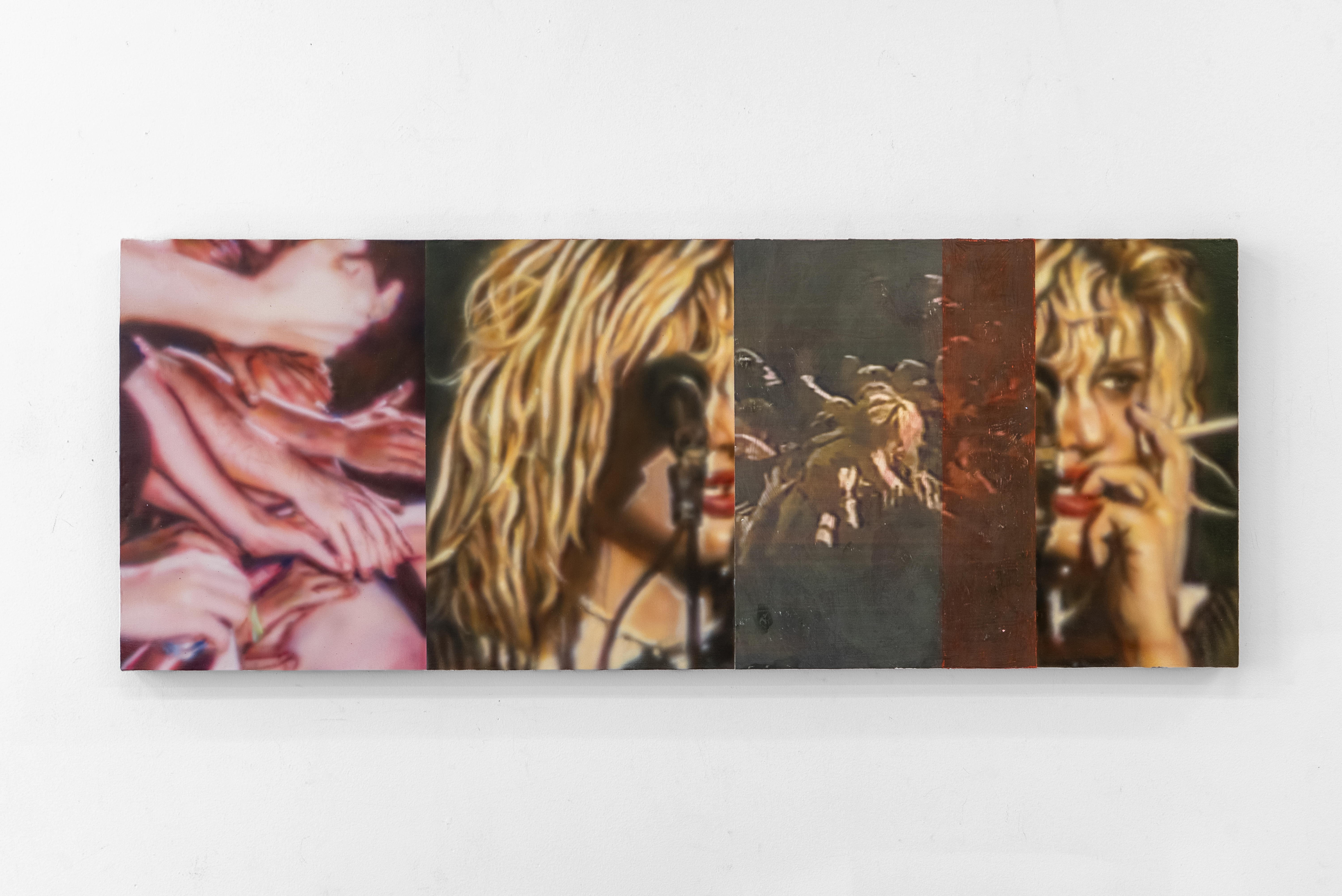 Inside a Courtney Love-inspired art exhibition in New York
Inside a Courtney Love-inspired art exhibition in New YorkLiza Jo Eilers looks to the glory days of Hole at an exhibition at Grimm New York